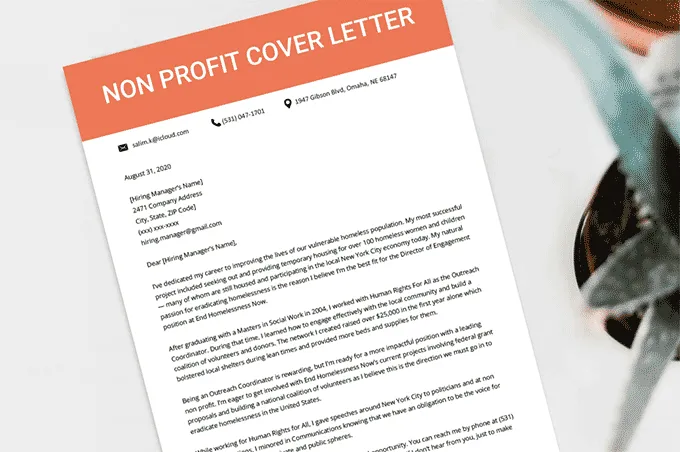Understanding the Importance of a Nonprofit Cover Letter
In the competitive world of nonprofit jobs, a well-crafted cover letter is your crucial first impression. It’s your chance to go beyond the bullet points of your resume and tell a compelling story about why you’re the perfect fit for the organization and the specific role. Unlike for-profit sectors, nonprofits often prioritize a candidate’s passion for their mission and values. Therefore, your cover letter needs to demonstrate not only your skills and experience but also your genuine enthusiasm for the cause. A strong cover letter sets you apart from other applicants, especially when many candidates may possess similar qualifications. It gives you the opportunity to highlight your personality and explain any gaps in your experience or unusual career choices. This document also provides a glimpse into your writing skills and attention to detail. In a sector driven by mission and values, your cover letter is the first step to demonstrating your understanding and commitment.
Key Components of a Strong Nonprofit Cover Letter
A successful nonprofit cover letter consists of several key components that work together to make a strong impression. Each section should be carefully crafted to convey specific information and highlight your suitability for the role. The goal is to create a cohesive and persuasive narrative that convinces the hiring manager to call you for an interview. The components described below are essential elements to achieve this goal. Careful attention to detail and tailoring each section to the specific job description are the keys to a winning cover letter that gets you noticed. Remember, the goal is to make your application stand out from the crowd and show that you understand what the organization is looking for in a candidate.
Contact Information and Formatting
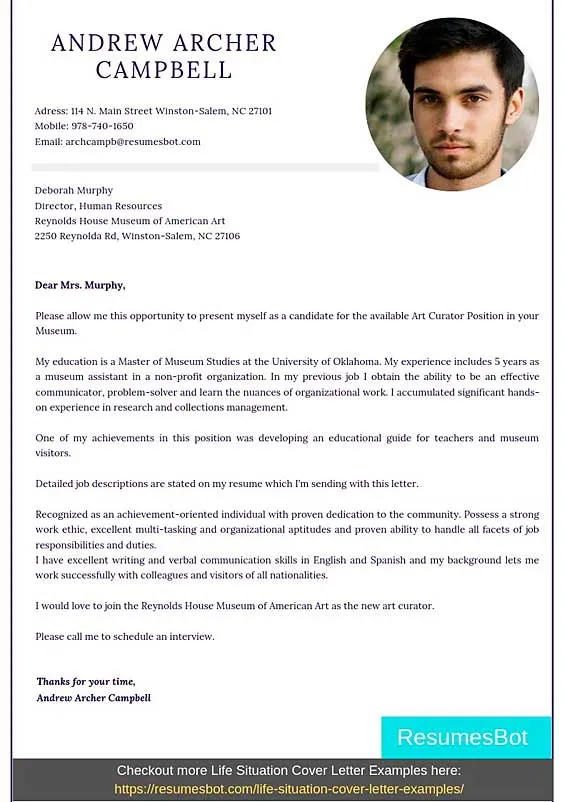
Start with your contact information at the top of the cover letter. Include your full name, phone number, professional email address, and optionally, your LinkedIn profile URL. Ensure the formatting is clean and professional, using a standard font like Times New Roman or Arial, with a font size between 10 and 12 points. Use single spacing within paragraphs and double spacing between paragraphs. Align your text to the left, making it easy to read. Ensure your contact information is easily visible so the hiring manager can quickly contact you. Consider using a business letter format for a professional look. Ensure your email address sounds professional and not something casual. Formatting reflects professionalism.
Personalized Greeting
Address the hiring manager directly whenever possible. Research the name of the person who will be reviewing your application. If you can’t find a specific name, avoid generic greetings like “To Whom It May Concern.” Instead, try “Dear Hiring Committee” or “Dear [Department Name] Team.” Personalizing your greeting shows that you’ve taken the time to research the organization and demonstrates your attention to detail, which is highly valued in the nonprofit sector. A personalized greeting creates a stronger connection from the very beginning of your cover letter, signaling your genuine interest. If you can’t find a name, mentioning the department or role specifically shows effort.
Opening Paragraph: Hook the Reader
The opening paragraph is your chance to grab the reader’s attention. State the specific position you’re applying for and where you found the job posting. Then, immediately convey your enthusiasm for the organization and its mission. Briefly mention a key skill or experience that aligns with the job requirements. This sets the stage for the rest of your cover letter. Make it clear why you’re interested in this particular nonprofit and what you hope to achieve by working there. This initial hook makes the reader want to continue reading and learn more about you and your qualifications. Start strong with a clear expression of your interest.
Highlighting Your Relevant Skills and Experience
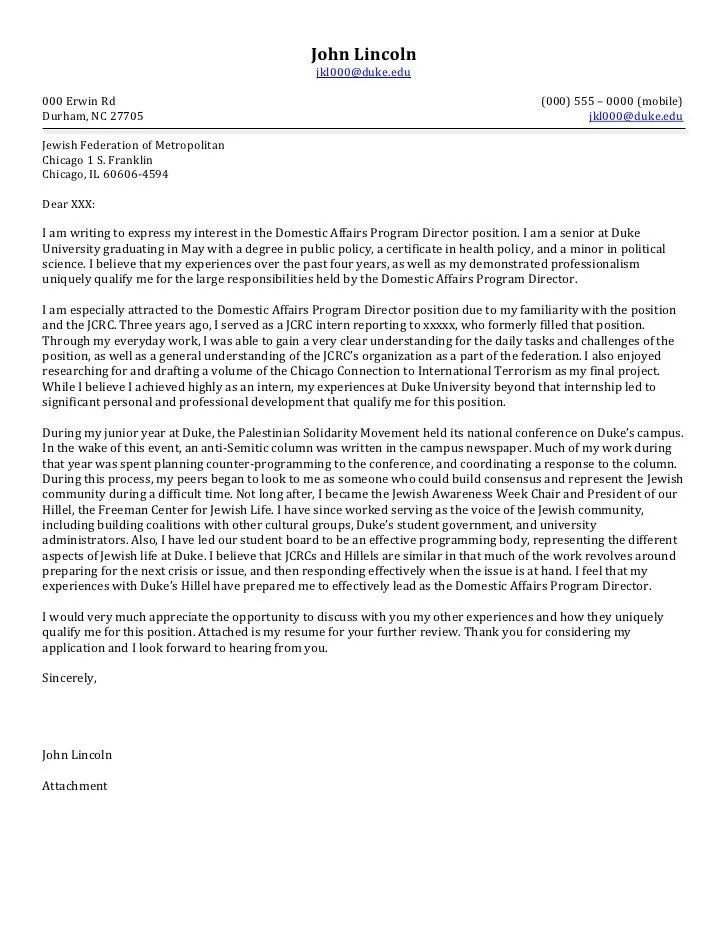
The main body of your cover letter should focus on how your skills and experience align with the job description. This is where you elaborate on your qualifications and showcase what you can bring to the organization. Be specific and provide concrete examples of your achievements. Use the job description as a guide to identify the key skills and qualities the nonprofit is looking for and highlight how your experience meets those needs. Avoid simply repeating what’s on your resume; instead, provide context and demonstrate your value to the organization. Show, don’t just tell. Back up your claims with specific examples.
Showcasing Your Passion for the Nonprofit’s Mission
Nonprofits are driven by their mission, so it’s crucial to demonstrate your passion for their cause. Explain why you are personally invested in their work and how their mission resonates with you. Share relevant experiences or examples that illustrate your commitment to the same or similar values. This could include volunteer work, personal experiences, or previous involvement with related organizations. Demonstrating your authentic passion for the nonprofit’s mission proves that you’re not just looking for a job, but you also want to contribute to something meaningful. Connecting with the mission is vital.
Quantifying Your Achievements
Whenever possible, quantify your achievements with data and statistics. Use numbers to demonstrate the impact of your work and the value you can bring to the organization. For example, instead of saying, “Managed social media,” you might say, “Increased social media engagement by 30% in six months.” Quantifying your achievements provides concrete evidence of your skills and makes your accomplishments more impactful. It also shows that you understand how to measure and evaluate your performance, a valuable skill in any role. Metrics make your impact clear.
Tailoring Your Cover Letter to the Job Description
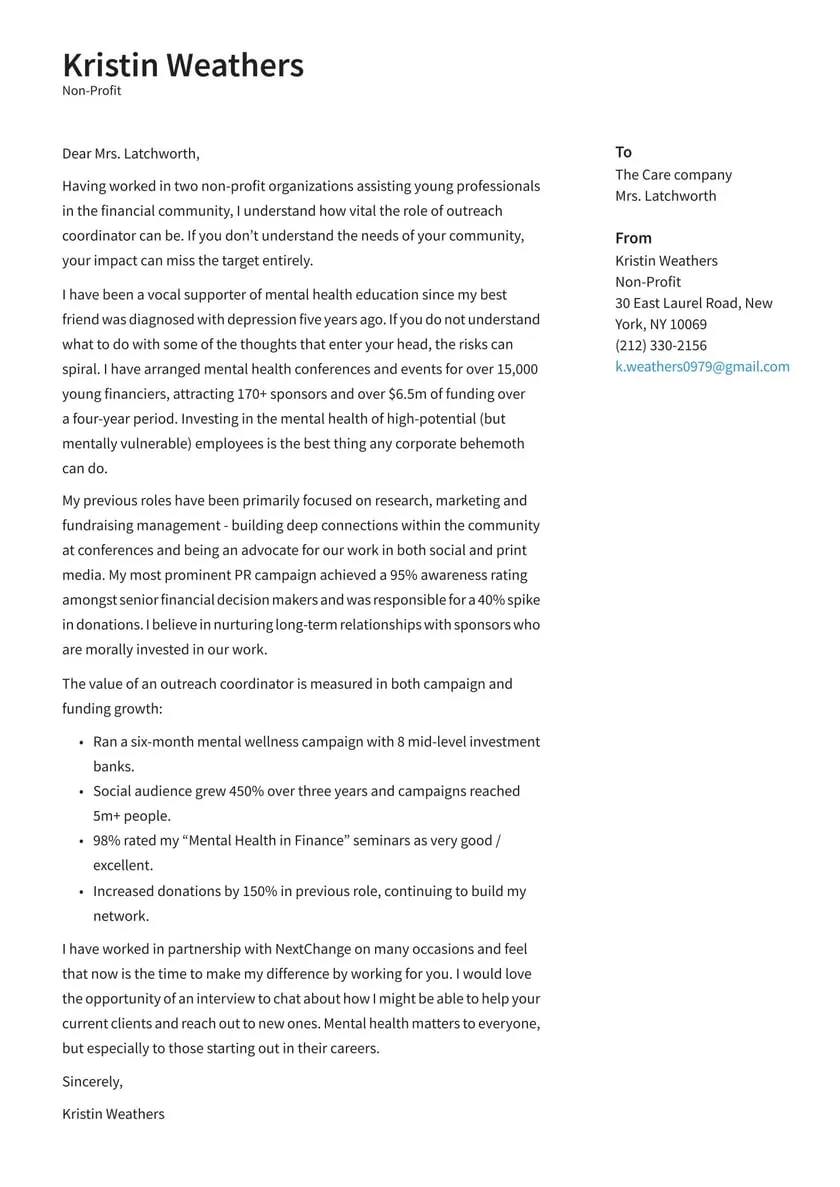
Each cover letter should be specifically tailored to the job description and the nonprofit. Carefully review the job posting and identify the key requirements, skills, and values the organization is seeking. Then, highlight how your experience and qualifications align with those specific needs. Do not reuse a generic cover letter. Customize your letter to show how you can contribute to their mission. This personalized approach demonstrates your genuine interest and that you’ve taken the time to understand the position and the organization. Show that you’ve done your homework.
Demonstrating Your Knowledge of the Organization
Before writing your cover letter, research the nonprofit organization thoroughly. Visit their website, read their mission statement, and learn about their recent projects and initiatives. Incorporate this knowledge into your cover letter. Show that you understand the organization’s goals and how your skills can contribute to their success. Refer to specific programs, projects, or values that resonate with you. This level of detail shows that you’re genuinely interested in the organization and have taken the initiative to learn about their work, which significantly increases your chances of making a strong impression. Display your research and knowledge.
Closing the Cover Letter and Call to Action
The closing of your cover letter is your last opportunity to leave a lasting impression. It should be professional, and it should reiterate your interest in the position and the organization. It should also include a clear call to action, encouraging the hiring manager to contact you.
Expressing Gratitude and Professional Closing
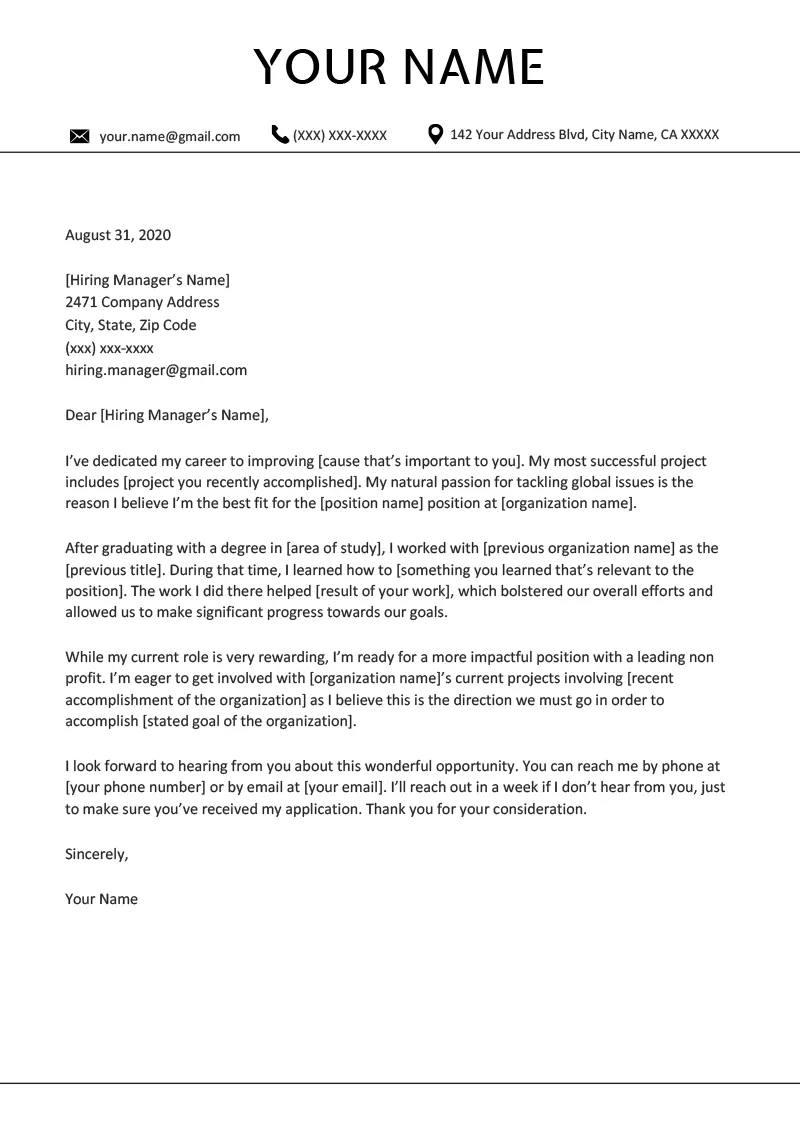
Start your closing paragraph by thanking the hiring manager for their time and consideration. Reiterate your interest in the position and the organization. End with a professional closing, such as “Sincerely,” “Respectfully,” or “Thank you for your time and consideration.” Ensure your closing is polite and professional, setting a positive tone for the final impression. A well-crafted closing reflects your professionalism and respect for the organization. Always end professionally.
Call to Action Requesting an Interview
Include a clear call to action, explicitly requesting an interview. State your availability and willingness to discuss your qualifications further. For example, “I am eager to discuss my qualifications in an interview and am available at your earliest convenience.” Providing your contact information again is also a good practice. A clear call to action makes it easy for the hiring manager to move forward with your application. It demonstrates your enthusiasm and eagerness for the position. Make it easy for them to contact you.
Proofreading and Formatting Checklist
Before submitting your cover letter, meticulously proofread it to ensure it is free of errors. This includes checking for grammatical mistakes, spelling errors, and typos. Ensure that the formatting is consistent and easy to read. Poorly written or formatted cover letters reflect poorly on the candidate. Taking the time to thoroughly proofread and format your cover letter demonstrates your attention to detail. This is an essential skill in the nonprofit sector. Errors can cost you the job.
Proofreading for Errors
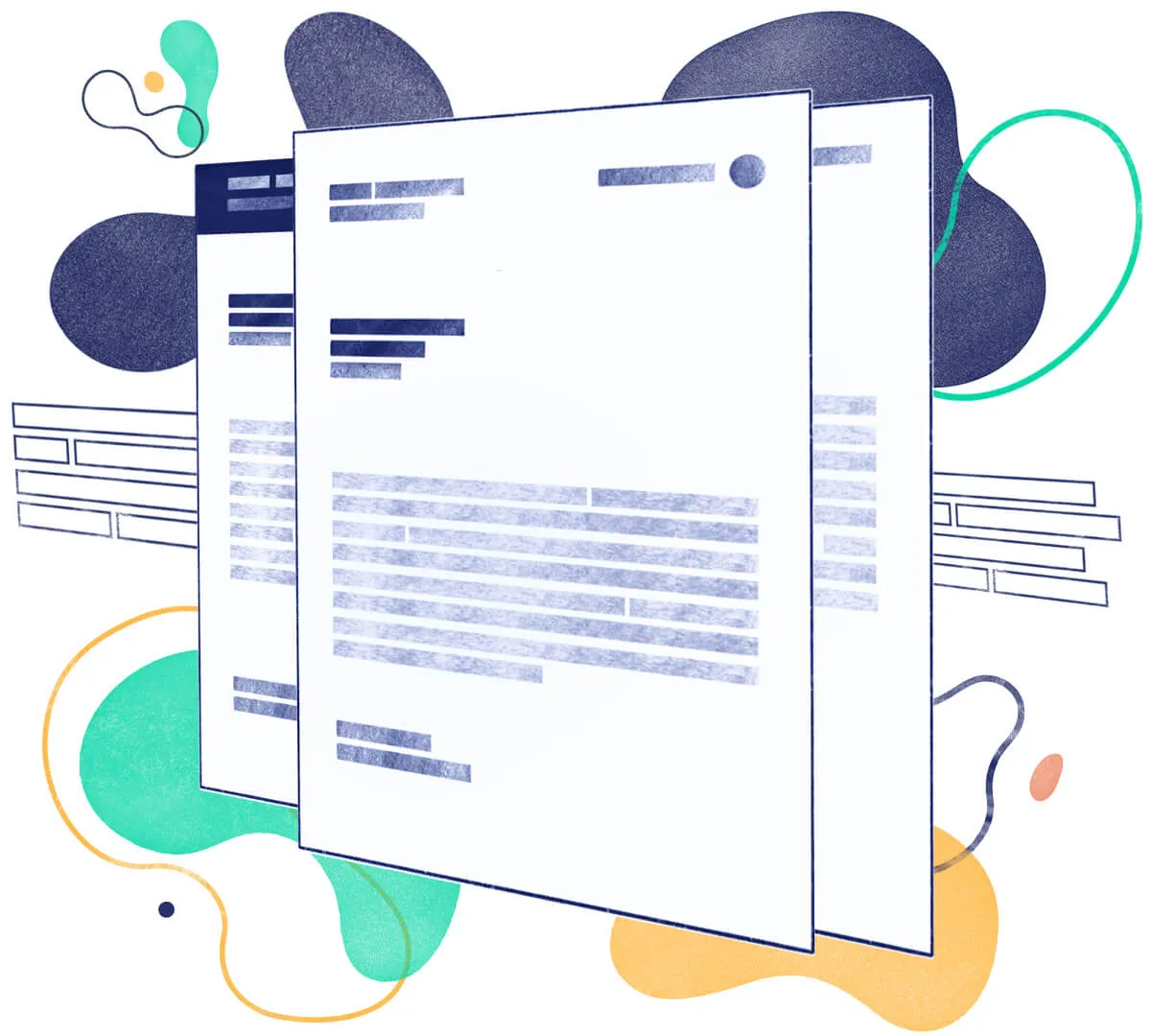
Proofreading is a critical step. Use a spell-checker and grammar-checker to identify and correct any mistakes. However, don’t rely solely on these tools; carefully read through the entire document yourself. Read the cover letter aloud, as this can help you catch errors that you might miss when reading silently. Ask a friend or colleague to review your cover letter. Fresh eyes can often spot errors that you might overlook. Ensure that your cover letter is flawless. It will significantly improve your chances of getting an interview. Getting a second opinion is always helpful.
Formatting Guidelines for Readability
Maintain a professional and easy-to-read format. Use a standard font and a font size between 10 and 12 points. Use single spacing within paragraphs and double spacing between paragraphs. Align your text to the left, and use clear headings and subheadings to organize your information. Avoid using overly complex formatting or fonts. The goal is to make your cover letter easy for the reader to scan and digest quickly. An easily readable cover letter shows respect for the hiring manager’s time and increases the likelihood that your application will be well-received. Make it visually appealing.
Common Mistakes to Avoid
Certain mistakes can significantly reduce your chances of getting an interview. Knowing and avoiding these common pitfalls will improve the overall quality of your cover letter and set you apart from other applicants. Avoiding these mistakes will help you present yourself as a thoughtful and professional candidate who is serious about the opportunity.
Generic Cover Letters
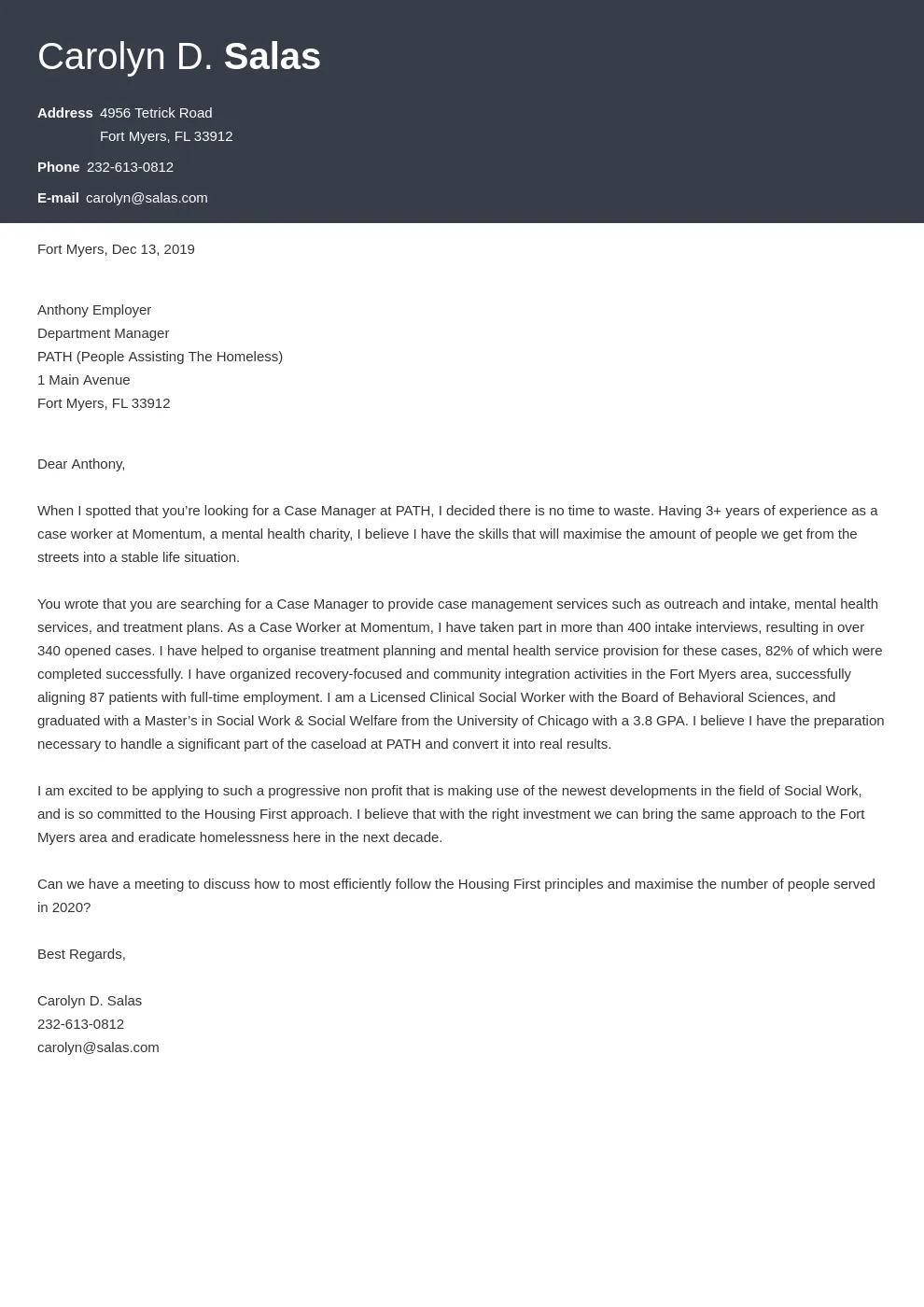
Avoid sending generic cover letters that could apply to any job. Customize each cover letter to the specific organization and position. Generic cover letters show a lack of genuine interest and often fail to highlight your relevant skills. Hiring managers can easily spot generic cover letters, which quickly end up in the rejection pile. Tailor each cover letter to demonstrate your specific understanding of the organization’s mission and goals, and how you can contribute to their success. Show your uniqueness and genuine interest.
Focusing on Yourself Too Much
While it’s important to highlight your skills and experience, avoid making the cover letter all about yourself. Focus on how your skills can benefit the organization and contribute to its mission. Frame your achievements in terms of how they align with the nonprofit’s goals. Too much self-promotion can come across as arrogant or self-centered. Focus on what you can offer the organization, and how you will make a positive impact. This approach will make your cover letter more compelling. Shift the focus to what you can offer.
Ignoring the Job Description
Failing to address the requirements listed in the job description is a common mistake. Use the job description as a guide to tailor your cover letter. Identify the key skills and qualifications the organization is seeking and highlight how your experience meets those needs. Ignoring the job description shows a lack of attention to detail and suggests that you haven’t taken the time to understand the requirements of the role. Carefully addressing each requirement in the job description demonstrates that you are a good fit for the position. Make the job description your bible.
Examples of Effective Nonprofit Cover Letter Phrases
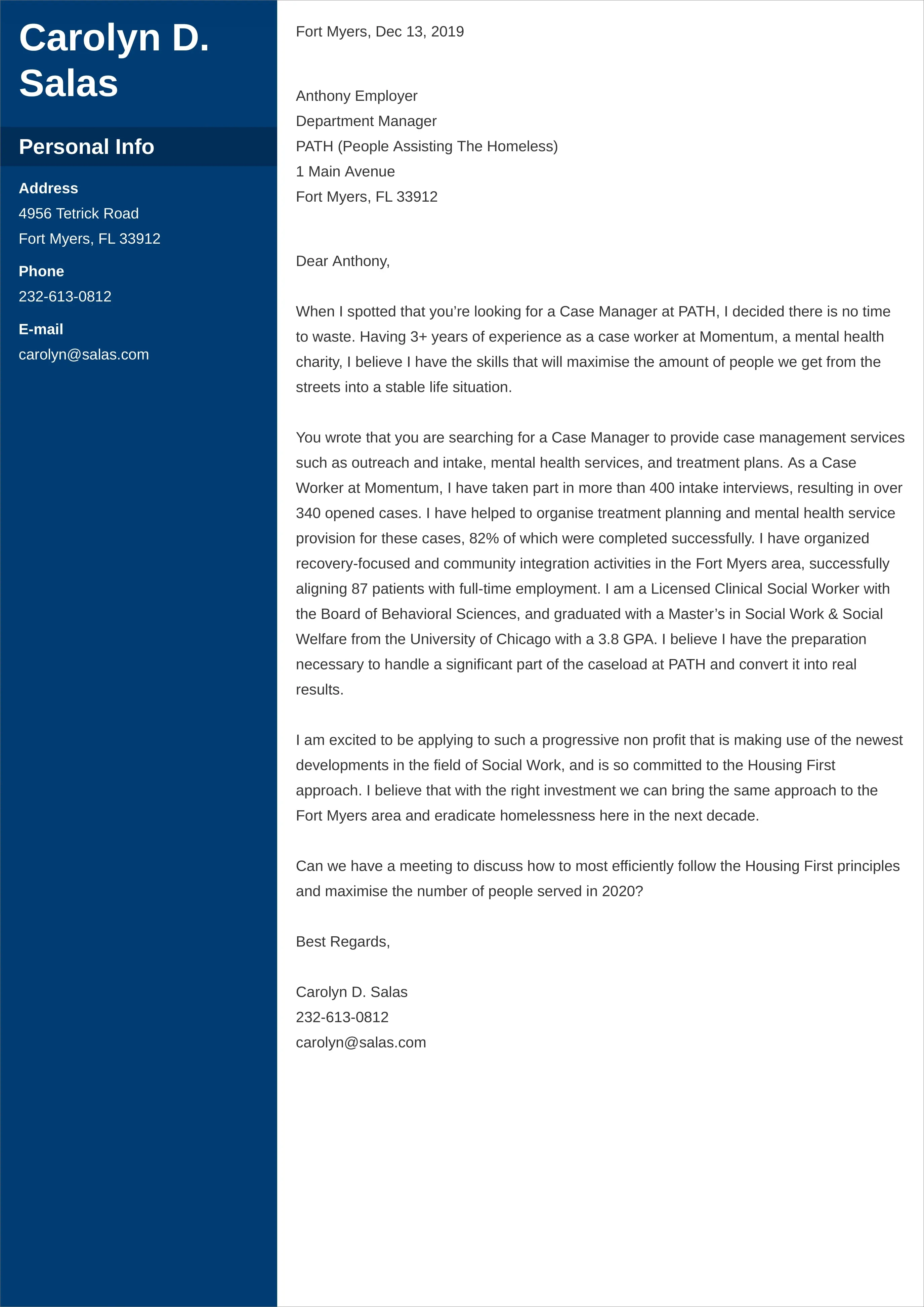
Using strong, action-oriented phrases can significantly improve the impact of your cover letter. These phrases help you showcase your skills and express your enthusiasm. Examples include phrases like “I am passionate about…,” “My experience aligns with…,” “I am confident in my ability to…,” “I have a proven track record of…,” and “I am eager to contribute to….” Using a variety of strong phrases makes your cover letter more dynamic. It will leave a positive impression on the hiring manager. Use action verbs to get their attention.
